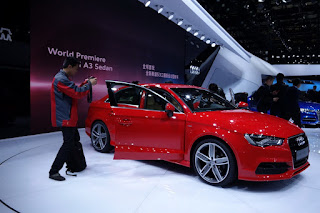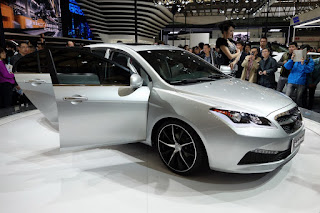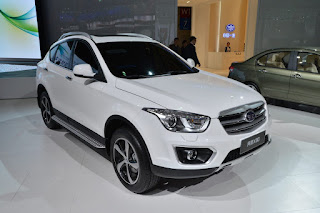The all-new model comes with an array of new features, including an new all-wheel drive system, active rear axle steering, adaptive aerodynamics, full-LED headlights and a bi-turbo flat-six engine that develops up to 560 PS (552 hp) in the Turbo S variant.
The 3.8-liter six-cylinder engine with direct injection churns out 520 PS (513 hp) in the 911 Turbo. There’s no manual gearbox available, as the engine is linked to a standard seven-speed dual clutch transmission (PDK), fitted with an auto start/stop function. The latter, together with the new thermal management system for the turbo engine and the PDK gearbox bring the 911 Turbo’s fuel efficiency to the remarkable figure of 9.7 l/100 km (24.2 US mpg), 16 percent better than the previous generation (applies to the 911 Turbo S as well).
Naturally, performance is what matters more for a Porsche 911 Turbo owner, and the new model doesn’t disappoint. The 911 Turbo with the optional Sport Chrono Package sprints from 0 to 100 km/h (62 mph) in 3.2 seconds, one-tenth faster than the previous 911 Turbo S. The new 911 Turbo S is even faster, at 3.1 seconds, while top speed is 318 km/h (197.6 mph).
These figures are made possible also by the new all-wheel drive with electro-hydraulic control, equipped with a new water-cooling function that helps direct more drive torque to the front wheels if necessary. The PDCC active anti-roll system, which is being offered for the first time in 911 Turbo models, also contributes to increasing dynamic performance. The system is standard in the 911 Turbo S, as is the Sport Chrono Package with dynamic engine mounts and PCCB ceramic brakes (all these are optional for the base 911 Turbo model).
Porsche says that with standard production tires, the 911 Turbo S model laps the Nürburgring Nordschleife in well under 7:30 minutes,.
Aesthetically, the new 911 Turbo is even wider than before – 28 mm (1.1 in) wider than the 911 Carrera 4 – with the increase being most visible in the rear body panels which house two generous air intakes. Two-tone 20-inch wheels (fitted with hub wheel locks on the Turbo S), more aggressive bumpers and the carbon fiber roof round out the 911 Turbo’s meaner look.
Handling is improved due to rear axle steering, which steers the rear wheels in the opposite direction of the front wheels at speeds of up to 50 km/h (31 mph). At speeds above 80 km/h (50 mph), the system steers the rear wheels parallel to the turned front wheels. The new model also comes with Porsche active aerodynamics (PAA) consisting of a retractable three-stage front spoiler, whose segments can be pneumatically extended, and a deployable rear wing with three adjustable wing positions, ensuring optimal efficiency.
On the inside, the 911 Turbo builds on the classic 911 ambiance, with more space courtesy of the 100-mm (3.94-in) longer wheelbase. The S model offers features such as an exclusive interior in a black/Carrera red color combination and adaptive sport seats plus with 18-way adjustment and memory.
A Bose sound system is installed as standard, with a Burmester system also available as an optional feature. A radar-controlled cruise control system, camera-based road sign recognition and speed limit recognition are other new options being offered.
Both the 911 Turbo and 911 Turbo S will begin to arrive in European dealerships at the end of September 2013, with prices in Germany starting from €162,055 ($212,750) for the base Turbo model, while the Turbo S starts from €195,256 ($256,350).
In the U.S, the turbocharged models will hit dealers at end of 2013 with the 911 Turbo priced from $148,300, and the 911 Turbo S from $181,100, not including a destination charge of $950.


































































































































































